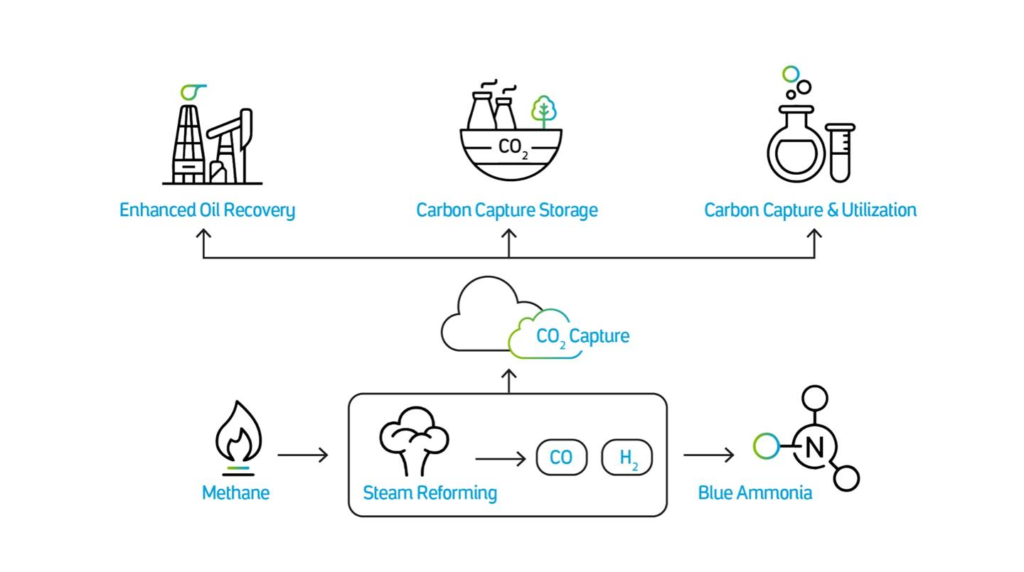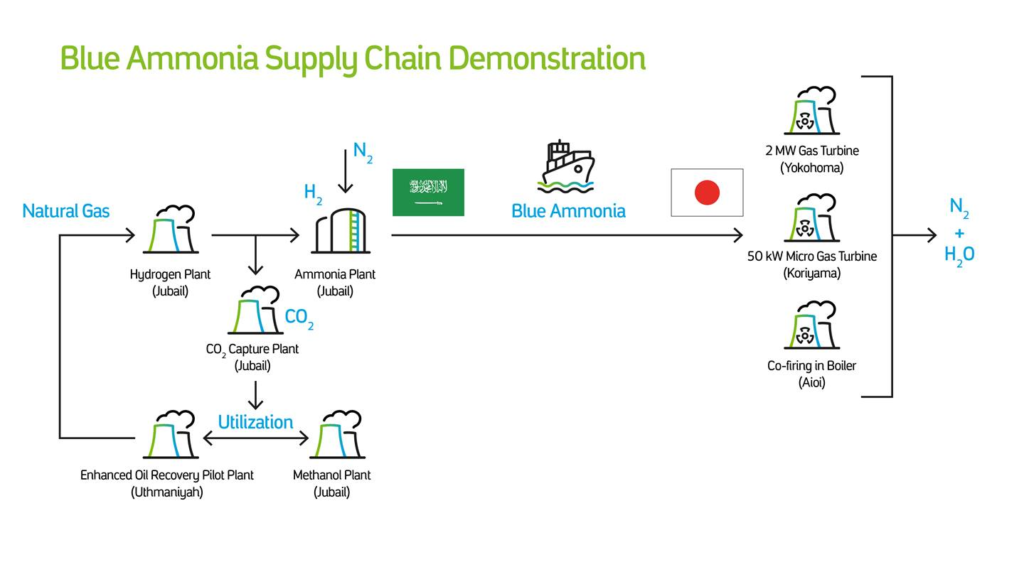The world needs more energy than ever before. Which means we need a sustainable system that can meet these growing demands, whilst also addressing CO2 emissions and the overall impact on the environment.
One possible solution is hydrogen, which has the potential to deliver sustainable, efficient and affordable energy at scale. However, it is expensive to transport. So how could we make it commercially viable to deliver this clean energy around the world?
Why Hydrogen?
Hydrogen is not only the most abundant element in the universe. It could also play an essential role in tomorrow’s energy mix – from fuelling cars, trains, trucks and ships to generating electricity and heating buildings. That’s because it’s a colorless, clean fuel that emits only water when burnt or oxidized.
Currently, around half of the world’s industrial hydrogen comes from natural gas (methane) and is used for fertilisers, as well as in the iron, steel and space industries. However, the traditional method of extracting hydrogen from natural gas also creates around 10 tonnes of CO2 for every tonne of hydrogen produced. Therefore, we needed to find a more sustainable way to produce it.
Blue Hydrogen: a key element of the circular carbon economy
For over a decade Aramco have explored potential technologies to produce high purity hydrogen from hydrocarbons, including Thermo-Neutral Reforming (TNR) and a catalyst for converting diesel into hydrogen. Their ultimate ambition was to create so-called ‘blue’ hydrogen – extracting the valuable gas whilst also capturing all the CO2 emissions.

When methane burns it creates hydrogen and CO2, but what makes blue hydrogen different is that we capture these CO2 emissions and either recycle, remove or reuse them. This all-forms part of the company vision for a circular carbon economy.
Currently, Aramco can successfully convert around 80-85% of the energy of the hydrocarbon into hydrogen fuel, and then use two innovative technologies to utilize the captured CO2. The first involves injecting it into one of the organisation’s oil reservoirs for Enhanced Oil Recovery, whilst the other takes the waste CO2 and converts it into chemicals like methanol for industrial use. Any additional CO2 can also be safely sequestered deep underground.

Reducing the cost of transportation
Creating blue hydrogen was only half of the solution. The next problem we had to overcome was how to affordably store and deliver this revolutionary fuel to where it was needed.
Hydrogen is a very light molecule. It can be liquified, but that requires keeping it at a temperature of -254°C, which makes it very difficult and expensive to transport – particularly over long distances. The solution lay in converting the hydrogen into a chemical compound which is already widely traded around the world: ammonia.
Compared to hydrogen, liquified ammonia is far more convenient, practical and cost-effective to transport, in terms of both the required temperature and pressure conditions.
Once the blue ammonia reaches its destination, it can be converted back into blue hydrogen, or used directly as a fuel for gas turbines for cleaner power generation
The world’s first blue ammonia shipment
In 2020, Aramco successfully completed one of our most ambitious pilot projects to date – a supply network demonstration covering the complete hydrocarbon value chain in partnership with SABIC and the Institute of Energy Economics Japan (IEEJ).
The fruits of this unique collaboration came in August 2020, when successfully shipped from Saudi Arabia 40 tons of high-grade blue ammonia to Japan.

Catalyzing New Pathways to Cleaner Fuels
There are still several challenges ahead, such as developing ways to convert a higher percentage of the hydrocarbon energy into hydrogen, and working together creating partnerships around the world to establish wider infrastructures and supply chains for power generation and hydrogen-powered vehicles.
However, it’s clear that converting natural gas into blue hydrogen could be key to generating affordable, reliable and sustainable cleaner energy for everyone.

